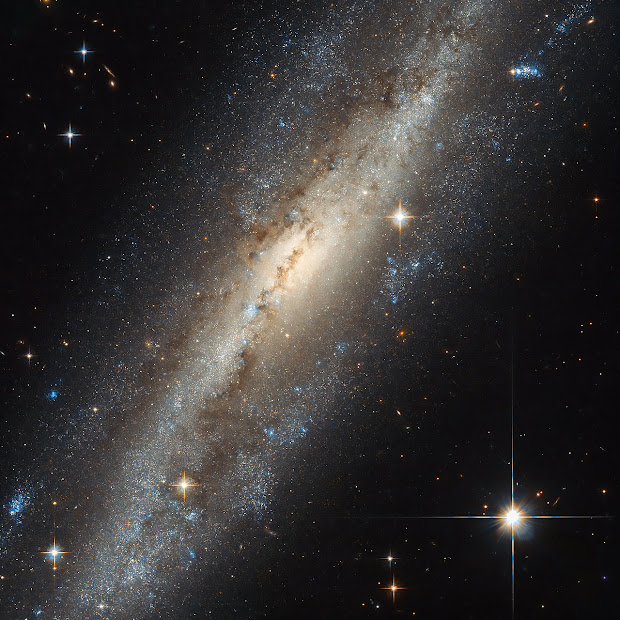
Spiral galaxies can be classified according to the tightness of their spiral, the lumpiness of their arms, and the overall size of their central bulge.

These young stars shine very brightly before their quick demise. These spiral arms contain a wealth of gas and dust, thus many young stars are birthed in these regions. The disk of stars orbiting the bulge tends to separate into arms that circle the galaxy. The bulge located in the center is made up of older, dimmer stars, and is thought to usually contain a supermassive black hole. This usually can cause matter in the disk to take on a distinctive spiral shape, like a cosmic pinwheel. The spinning motion reaches speeds of up to hundreds of kilometers/miles per second. They have a flat, spinning disk with a central bulge surrounded by spiral arms. Observations revealed that spiral galaxies were the most common type of galaxies found throughout the universe. Originally, Edwin Hubble grouped galaxies into four main categories: spiral galaxies, barred spiral galaxies, elliptical galaxies, and irregular galaxies. In the present day, galaxy classification and morphology are largely done using computational methods and physical morphology. The most famous one is the Hubble sequence, devised by Edwin Hubble, and later expanded by Gerard Vaucouleurs and Allan Sandage. Many schemes are in use in which galaxies are classified according to their morphologies.

Around 77% of the galaxies observed by man are spiral galaxies. The most common type of galaxy found throughout the universe is the spiral galaxy.These types of galaxies are further divided into subcategories while at the same time other types of galaxies exist based on their size and other unique features.



 0 kommentar(er)
0 kommentar(er)
